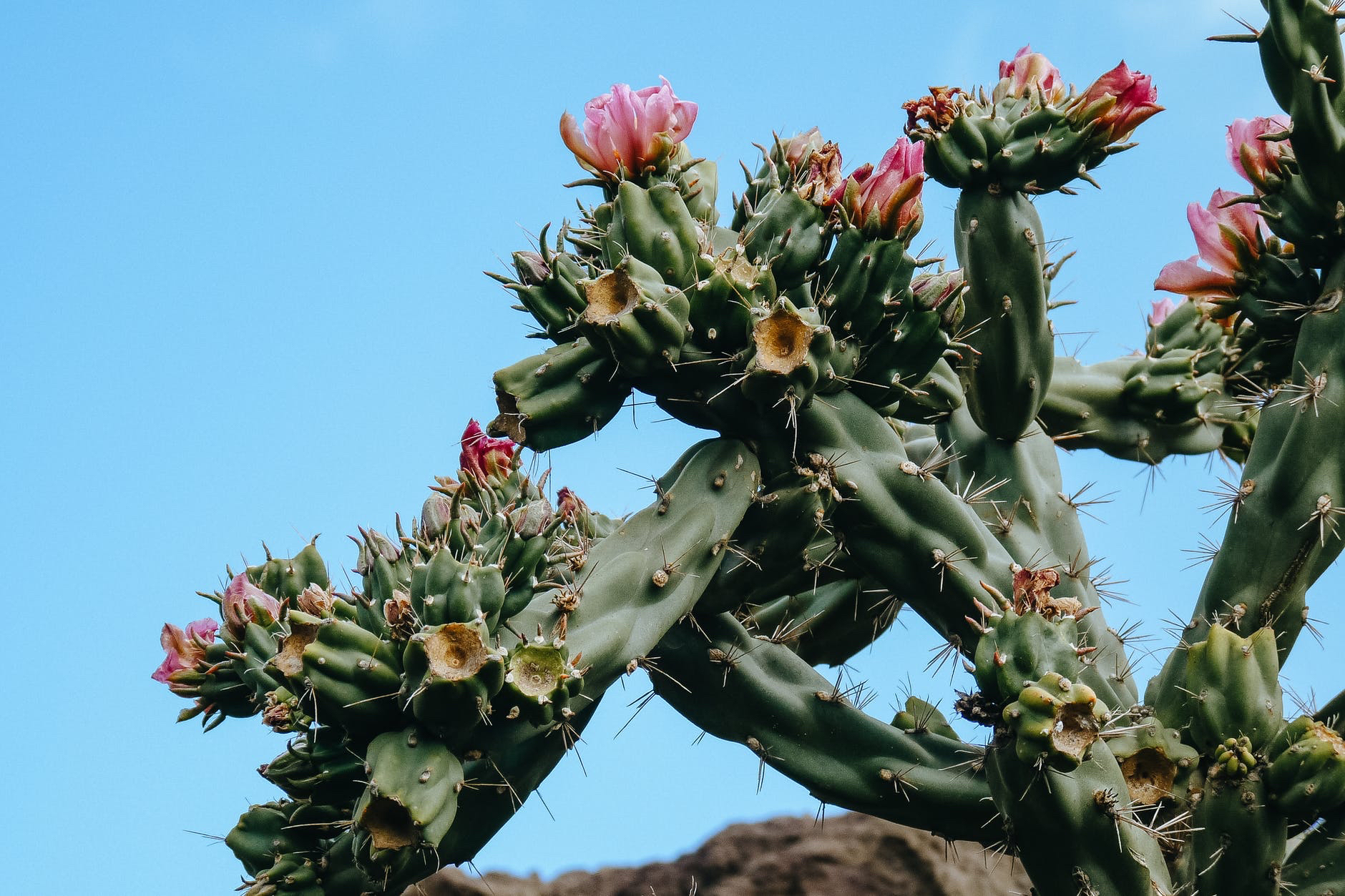Dr. Megan Lupek, Director of the Environmental First Year Program at NC State University, gave a recorded presentation for the 2020 Lilly Conference online about a project I had heard about, but hadn’t learned about the details! Dr. Lupek collaborated with a friend and colleague Dr. Zakiya Leggett to create an assignment to engage students and have them teach others about climate change. The course is an intro to environmental science distance education course that enrolls a diverse student base. The enrollment for this section is 190 students. The project aligns with the course objectives to help students explain the interrelationships between the human populations and the natural environment and applying an environmental science perspective to daily life as a global citizen. The learning objectives for the project included: interpret credible references on climate change, explain climate change and its impact to a selected audience, and create a novel product to educate an audience on climate change. Students select an audience and product, produce an annotated bibliography with at least three credible sources, and write a reflection paper. I loved the audience analysis worksheet Lupek described: it uses the audience acronym to have students think about the audience, their needs, and how they will present the information. Students submit work for peer review by two peers to receive feedback about audience and desired product alignment. They launched this project in the spring of 2020… in the middle of the pandemic! Nevertheless, Lupek did a fantastic job analyzing the reflection papers from the 187 submitted projects. The prompts for the reflection paper were really thoughtful: what did you consider in deciding the format of the work, why did you choose that medium, what other options did you rule out and why, has your stance on climate change shifted and if so how, and what risks did you take in completing this assignment. Most students chose elementary school or high school students as their audience, followed by grandparents, peers, and politicians. I was impressed by what the students created: most produced children’s books, followed by newsletters, lesson plans, board games… podcasts… videos. They were really creative! The examples Lupek shared reflected how thoughtful students were in considering their evidence (graphs, data) and their audience (characters, storyline). Lupek did careful thematic analysis and identified strategic matching of audience and medium and student strengths in the reflections. Students also considered their learning preferences and wanted to make the educational resource fun! Most students reported that completing the assignment didn’t shift their firm belief in climate change or enhanced their views with the data they found. A small percentage reported views shifting (15%). I was glad to hear that fifty three students tried something new, such as recording a podcast. Lupek shared challenges such as grading and peer review. The success stories mentioned by Lupek included a self-performed original recording and a published story for an elementary teacher (mother of student)! I’m impressed by the resources students created and the intentional process of having students think about audience/product alignment and reflect on the assignment! Dr. Lupek mentioned this was a first experiment with a UDL assignment and was blown away by the results. I agree! This is why I love this type of assignment that empowers students to create. Dr. Lupek mentioned working how to better connect student proxy’s with the intended audience and real people is a future goal. I love this and think this is a challenge we have that reminds us about the alignment of our course goals with real-world problems and educating others. Once again I’m impressed by what students in this environmental science course are found (and writing and creating!) thanks to thoughtful course design by Drs. Lupek and Leggett. It was great to see and hear how the project I had heard about in the design phase has turned out.



